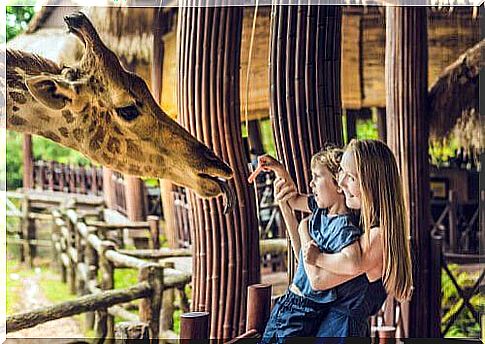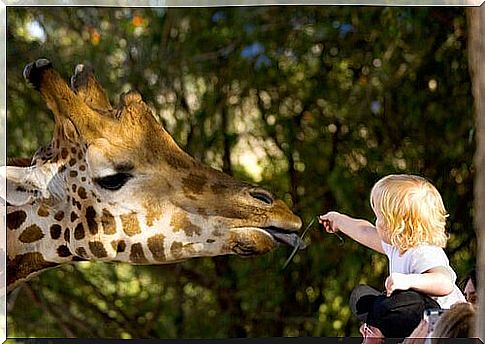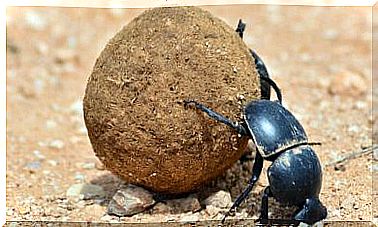The Different Zoos In Spain

Fortunately, there are many different zoos in Spain that are far from the old image of sad, caged animals. Spanish zoos prioritize the well-being of different species, with ample space designed to provide optimal conditions for the physical and mental development of animals.
We must remember that more and more zoos are committed to protecting endangered species. With a scientific and educational proposal, they develop several researches on the conservation of these species and their reintroduction into nature.
Through their facilities and programs, these centers play a key role in maintaining the biodiversity of Spanish ecosystems.
Thus, visits to these spaces represent a unique educational experience for children and adults. In them, the importance of respecting all species and living in harmony with the environment is highlighted.

Next, we’ll look at the best zoos in Spain that invite families to learn and enjoy nature:
List of 5 different Spanish parks and zoos
-
Naturaleza de Cabárceno Park (Cantabria)
The Naturaleza Cabárceno Park has about 150 species from the five continents. It is not a traditional zoo, but a naturalized and ecological space that was built by human ingenuity. Its proposal is to recreate the natural habitat of the animals that coexist in its space.
In this incredible establishment, the species are not in cages and can roam freely across the wide grounds. This is an excellent example of the “new face” of the zoo in Spain.
Its natural park is conceived as an educational, scientific and cultural space, which also offers a playful and recreational environment for children.
-
Bioparc (Fuengirola)
The Bioparc de Fuengirola is a very special zoo, as its focus is on the preservation of tropical and jungle species. Its objective is to actively contribute to the maintenance of its world population and fight the risk of extinction, all in a large naturalized space, built and maintained in a fully sustainable way.
This zoo offers a unique opportunity for children to meet in person species that they would probably only see on television or on the internet.
In addition to the aesthetic charm of these animals, children are also able to expand their knowledge of the nature of our planet.
-
Loro Parque (Tenerife)
Today, Loro Parque de Tenerife is considered by many to be the best zoo in Spain. In addition, it was recognized in 2017 as the best zoo in the world according to TripAdvisor users.
In the vast naturalized space of these facilities, we find an incredible biodiversity of fauna and flora, in addition to educational proposals designed especially for children.
One of Loro Parque’s most outstanding attractions is the remarkable collection of tropical plants scattered throughout the space. In addition, children can enjoy the tricks of dolphins, killer whales and sea lions that are bred in the water park.
A good tip when visiting Loro Parque is to try the Discovery Tour. It is a guided tour in which an expert teaches about the facilities and introduces the different species.
It is also a great opportunity to learn about the animals and plants that live in the zoo.

-
Oasis Park (Fuerteventura)
Fuerteventura’s Oasis Park impresses all its visitors, and is one of the largest and most diverse botanical gardens and zoos in the entire Spanish geography.
With more than 3,000 animals and about 250 species, the Oasis Park proposal is a unique experience to share with the family. An “extra” curiosity is that the Oasis has the largest camel population in the entire European continent.
-
Zoo Aquarium de Madrid (Casa de Campo)
The Spanish capital has one of the best zoos in the world. In its vast naturalized space, the Madrid Zoo and Aquarium gathers thousands of species from all continents.
The Madrid Zoo’s panda reserve is undoubtedly the most popular visitor attraction, but the park has educational and recreational activities for people of all ages.
-
Barcelona Zoological Park (Ciudadela)
Barcelona’s famous zoo opened in 1892 and is still a key attraction in the Catalan capital today. The key to its success lies in its three pillars of action: education, preservation and research.
Currently, it has a privileged biodiversity and its activities educate the population about respect for animal life.








